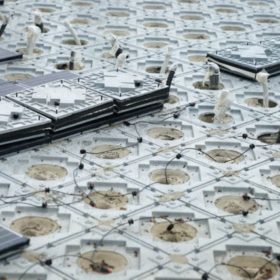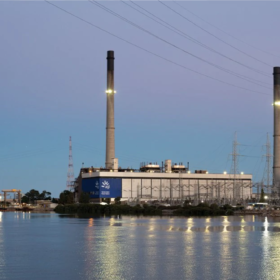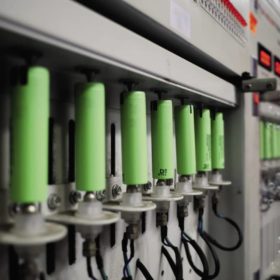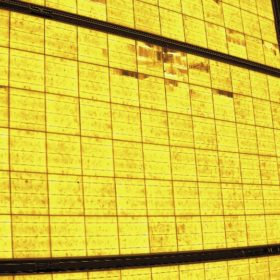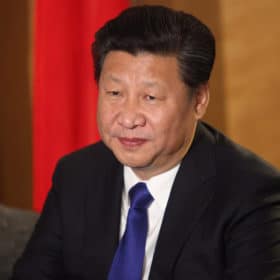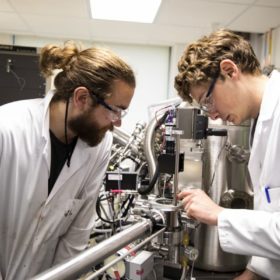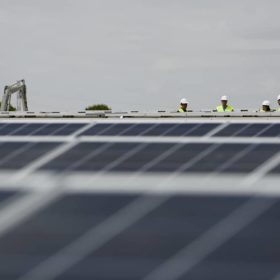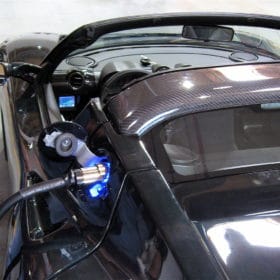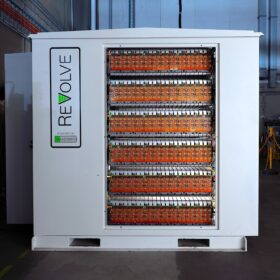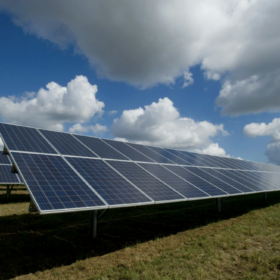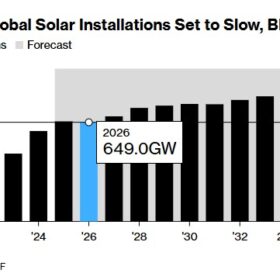Solar pavement for historic square in Barcelona
The municipal government of Barcelona is supporting the development of a 50-square-meter pilot project to test the feasibility of PV-paving tech.
Paying Australia’s coal-fired power stations to stay open longer is bad for consumers and the planet
Australian governments are busy designing the nation’s transition to a clean energy future. Unfortunately, in a misguided effort to ensure electricity supplies remain affordable and reliable, governments are considering a move that would effectively pay Australia’s old, polluting coal-fired power stations to stay open longer.
Sunday read: Battery testing builds certainty
Owners and operators of energy storage systems, as well as investors, need transparent ways to evaluate battery performance. They need certainty that the selected batteries for their ESS projects will perform reliably, have predictable life expectancies, and meet projected revenue and contractual obligations over their lifetimes. The economic viability of entire projects depend on this confidence, writes Michael Kleinberg of DNV.
Saturday read: Microcracks and module design
New cell and module technologies are boosting power outputs, but they often have implications for quality. A focus purely on cell cracking illustrates just this point, with some approaches proving beneficial, and others potentially problematic – cue Tristan Erion-Lorico from PV Evolution Labs (PVEL).
China mandates energy storage as it sets 16.5% solar and wind target for 2025
The National Energy Administration has ordered grid companies to supply enough network connection points for all the solar and wind projects registered in 2019 and 2020, and said variable renewables should be supplying 11% of the nation’s electricity by the end of the year.
Cracking the case for solid state batteries
Scientists in the UK used the latest imaging techniques to visualize and understand the process of dendrite formation and electrolyte cracking in an all solid-state battery. With new insight into the mechanisms by which these cracks form and ultimately lead to battery failure, the results could help direct the focus of future research into solid-state battery technology.
Europe moves on green hydrogen, developing offshore pipeline as Germany adds electrolysis capacity
Germany’s first offshore hydrogen pipeline is being planned by multiple partnering companies and is expected to be commissioned in 2035. Meanwhile, Siemens is planning hydrogen projects in a 5 MW to 50 MW range for industrial applications and a consortium of conglomerates is maintaining pressure on EU to develop green hydrogen.
Europe’s largest PV plant takes shape
The project, called the Trillo photovoltaic complex, is located in Spain and will have an installed capacity of 626 MW. Construction is scheduled to begin on May 7.
Sunday read: time to standardise
Not all quality control plans, processes and agreements are created equal, writes Frédéric Dross, the VP of strategic development for Senergy Technical Services (STS). Indeed, developers can find themselves saddled with agreements that allow unacceptably low levels of quality, unless they have followed standards.
Add electric vehicles, not bulk transmission, for a low-cost, clean grid: UC Berkeley study
A 90% clean grid with a transition to EVs would achieve lower electricity costs than one without, the study shows. Transmission investments would mainly be spur lines to new renewable generation.
